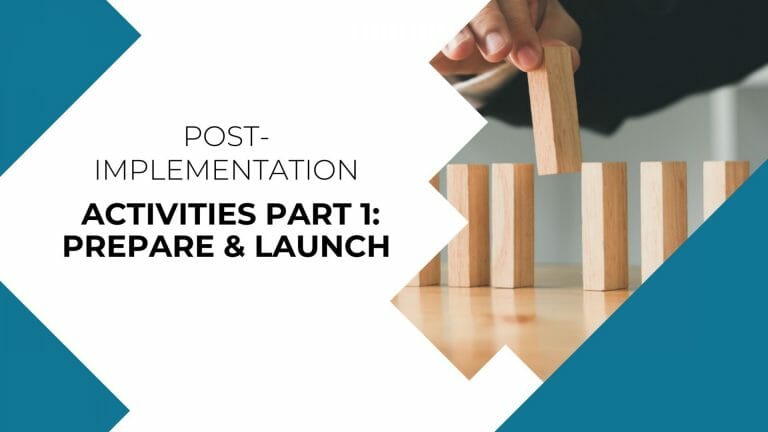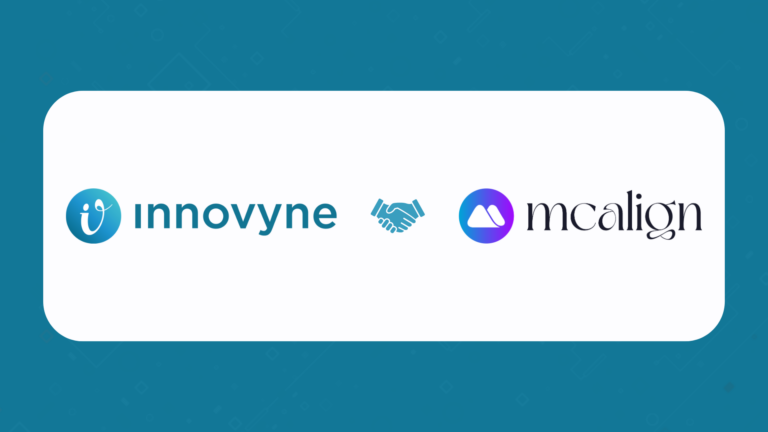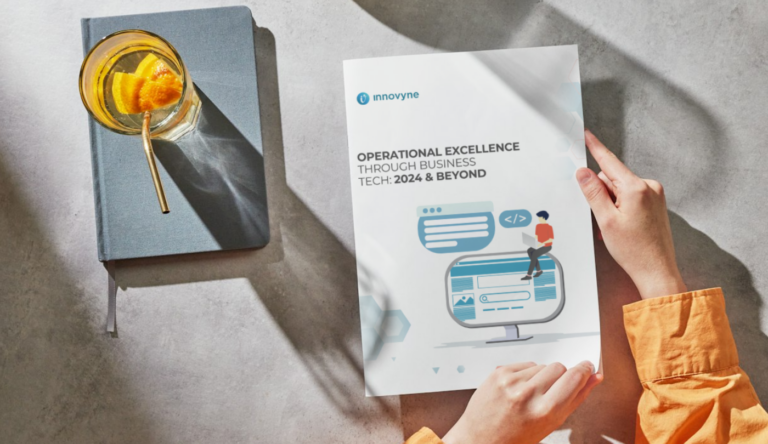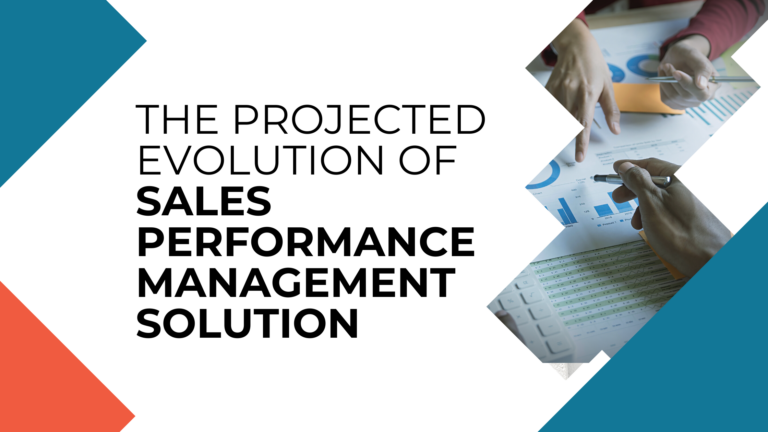People are more likely to remember a bumpy product-launch than a smooth implementation cycle. So, if your GoLive is shaky, the impact can be felt across the entire user-base and harm their experience – and nobody wants that!
At InnoVyne, we are helping our customers avoid bumps along the implementation cycle. Our comprehensive planning and support begin before go-live to prepare teams for successful transitions. Because of this, we’re uniquely positioned to understand what is involved in successful launch and post-implementation. Based on our previous experience, we’ve written a 3-part blog to address this critical phase in your SPM deployment project, including:
- Prepare & Launch: We’ll look at what’s needed to prepare and launch your product.
- Hypercare: What happens after launch? We’ll delve into handling immediate post-implementation needs.
- The Road Ahead: Where do you go next? This post is all about preparing you for what comes ahead.
Prepare & Launch
A GoLive is the culmination of months of research, evaluation, planning, implementation, testing, and fine-tuning by a multidisciplinary team. The sheer effort will get you part of the way, but unfortunately, it doesn’t ensure project success.
Without a comprehensive and coordinated plan to execute production launch, there is a risk of dissatisfaction and poor user-adoption. Instead of going into obvious considerations, we’ll discuss some key factors that may not get as much attention but are vital:
1. Application Administrator Enablement
The first key consideration relates to trained and enabled application administrators. It’s important that your administrators receive adequate training and opportunity to work with the new solution and its configuration. As there are no two businesses alike, know that SPM systems are often configured for your specific needs.
While fundamental or standard training provides the base-level knowledge needed to navigate and operate the system, time and some coaching allow these users to become acquainted with the way the software operates, how they are supposed to use it, and how your business requirements are being addressed. Their experience can be further enhanced when partaking in a co-build approach during the implementation or during the SIT and UAT testing phases of the implementation project, where they’re expected to leverage the solution to evaluate their test-cases. With time, they become more confident and capable to maintain and manage the system on their own.
In the end, your administrators will develop standard operating procedures and guides in addition to performing recurring maintenance operations – they ‘need’ to know how the system works.
2. Managing stakeholder involvement
The next item relates to Stakeholders and their buy-in. To achieve this, project teams must involve Stakeholders early in the implementation project to communicate their goals and objectives of the new solution and processes. With elevated Stakeholder engagement during the implementation phases, you can win their trust and attention, and convert them into project champions that can support the system throughout the organization. With ample Stakeholder buy-in, the Go Live phase becomes a well-insulated group effort. Their support and effort can travel a long distance and quickly!
3. Effective Change Management plan
The last item relates to change management. This is a very underestimated aspect of the implementation plan and perhaps the most important part. Change management is a broad topic and we’re not going to dive into all of its aspects in this blog. The premise behind Change Management is simple: Plan and provide communications and tools that address the impact of going from current-state to future-state to all persons, departments, and business lines involved with the solution and/or change.
SPM solutions involve IT, HR, payroll and business-line users on one end, and sales reps, their managers and executives on the other end. The following should be evaluated in your Change management strategy:
- Documentation and process diagrams for IT, BI teams to support systems integration needs
- Documentation and standard operating procedures for administrators to understand their daily, monthly, or annual obligations
- Documentation for personnel who participate in the monthly planning, evaluation, and/or approval of sales and payroll processes
- Documentation and guides for business partners and external vendors outlining new processes, data-objects, and functionality
- Documentation and training materials for end-users to help utilize the system
A lack of training material for end-users often creates unnecessary noise, issues, or complaints after a GoLive. While this may be a simple problem to address, it can take considerable effort and time depending on the size of the organization. With a proper communications strategy and available online material, you can better manage end-user’s expectations, their demands, and their usage of the system. Furthermore, with such material available, it’s easy to guide end-users to correct locations for on-demand training, which comes really handy when onboarding new employees in the days to come.
A final note
Deployment and post-implementation phases are crucial and need to be carefully addressed to ensure a smooth product launch, a happy user-base, and satisfied stakeholder. With an implementation successfully executed, the above points will prepare the project team for a successful deployment.
We’re known to go the extra mile with our services during implementation projects, and it’s no different with post-implementation phases. Look to your InnoVyne project team for guidance and tools to help address your production launch needs.
In our next blog, we’ll discuss how to better manage GoLive, your transition to an operational state, and the role of Hypercare during this point of the implementation journey.
Authors

Omid Mehrzad
Managing Partner at InnoVyne Technologies

Matthew Puntillo
Operations Manager at InnoVyne Technologies



